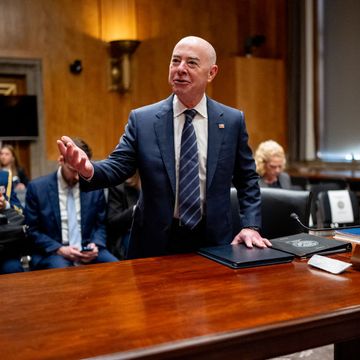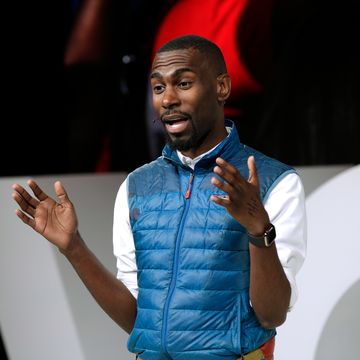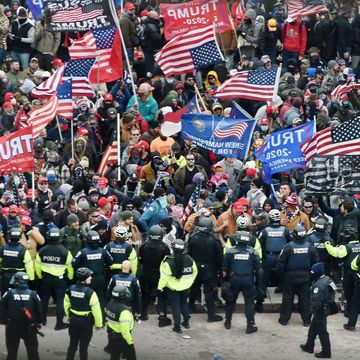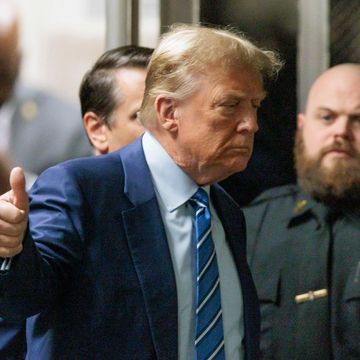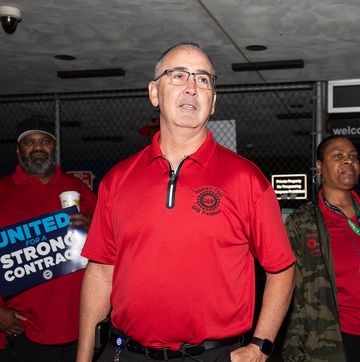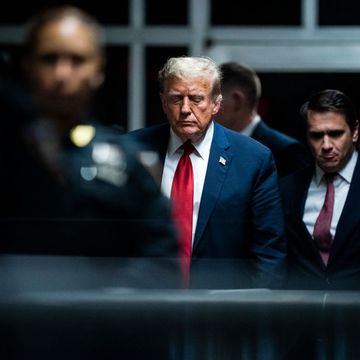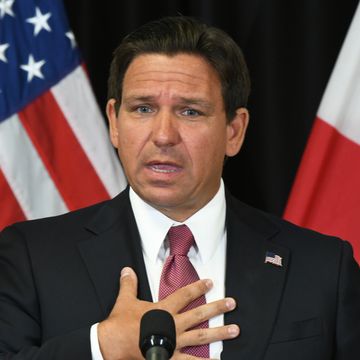Wladyslaw Sikorski
Prime Minister of Poland's government in exile, July 4, 1943
Sikorski was a Polish hero long before his death made him a martyr to the cause of Polish independence. In 1920, he helped lead the devastating surprise counterattack that drove Soviet forces out of Poland, seemingly for good. Forced into retirement by a later military coup, Sikorski, an ardent believer in democracy, became prime minister of the Polish government-in-exile following the Nazi invasion of Poland in 1939. He died when the B-24 Liberator he was flying in crashed into the sea shortly after taking off from British-held Gibraltar. Sikorski commanded enormous respect in the West, and it is not unreasonable to believe that, had he not been killed, the Soviet Union would have been forced to relinquish Poland in the aftermath of WWII. Ironically, Sikorski is also remembered in part for reestablishing Polish-Soviet diplomatic ties, only to see them severed by the Soviets after he called on them to investigate the Katyn Massacre, whose 70th anniversary observances President Kaczynski was traveling to attend when he was killed.
Barthelemy Boganda
Prime Minister of Central African Republic, March 29, 1959
Boganda was the leader of the movement to gain CAR's independence from France, its colonial ruler. He was also, by many accounts, the most skilled diplomat and politician to come out of the first generation of native African post-colonial leaders. Egalitarian, free-thinking, and widely popular, he foresaw a future in which not only CAR but all the independent former French, Portuguese, and Belgian colonies in Africa were united as a federation the United States of Latin Africa (so named because their colonizers all spoke Romance, or Latin-based, languages). In short, he was everything the French government didn't want in a CAR leader. Boganda's plane exploded in midair; credible reports later suggested that explosives were found in the wreckage. Whether or not the French were involved, in the aftermath of Boganda's death, a much more compliant, Francophile government was installed. And in the ensuing years, rather than continuing on Boganda's chosen road to democracy, the country has been rocked by repeated coups and counter-coups, and led by some of the world's most ruthless dictators. France still meddles in the region but mostly as a peacekeeper, these days.
Abdul Salam Arif
President of Iraq, April 13, 1966
Arif became president of Iraq at a time when numerous factions were fighting for its control. He personally supported the idea of a pan-Arab alliance between Arabian nations, and gathered Iraq's Arab nationalists under the umbrella of the Arab Socialist Union. During his tenure, the opposition Ba'ath party's leaders attempted a coup. Among them was Saddam Hussein. Arif had them jailed, but following his death, his ASU lost its cohesion, and Hussein, freed from prison, rose to fill the power vacuum.
Rene Barrientos
President of Bolivia, April 27, 1969
Barrientos was the first modern Bolivian military dictator, but he is not generally considered the sort of ruthless ruler that his successors tended to be. His economic policies were fairly populist, and he made a point not only of speaking Quechua, the dominant Indian language of Bolivia, but of visiting and campaigning in Indian regions. After centuries of racial division and Indian oppression by the Spanish-speaking ruling class, this was a major step forward. Barrientos died when his campaign helicopter struck overhead power lines while approaching a remote village. A nearly two-decade cycle of oppressive military dictatorships and violent revolutions followed.
Juvenal Habyarimana and Cyprien Ntaryamira
Presidents of Rwanda and Burundi, respectively, April 6, 1994
Juvenal Habyarimana was a dictator and a member of Rwanda's Hutu ethnic majority during a period when the Hutu became increasingly violent in their opposition to the former ruling minority, the Tutsi. In the early 1990s, war broke out between a Tutsi exile army and Habyarimana's own Hutu troops. And although a peace accord was signed in 1993, many Hutu nationalists still supported war. When Habyarimana's plane was shot down by surface-to-air missiles Hutu radicals and Tutsi rebels have both been blamed they had their excuse. The ensuing genocide left between 800,000 and 1 million Tutsi and moderate Hutu dead, and helped fuel the ongoing conflict in eastern Congo that has killed between 2 and 3 million more people. (Ntaryamira, for his part, was simply unlucky he was essentially hitching a ride home from Tanzania in Habyarimana's jet, because it was faster.)
Abdul Rahim Ghafoorzai
Prime Minister of the Afghan Northern Alliance, August 21, 1997
Ghafoorzai, now little-remembered, was for nearly twenty years the voice of pro-Western Afghanistan. Beginning in 1979, he first rallied international opposition to the Soviet invasion, and later, in the 1990s, as a UN official, to the Taliban, which had taken over the country. His death isolated the anti-Taliban Northern Alliance from the international community; the next time most of us heard of it was after the assassination of its leader, Ahmed Shah Masood, by Al Qaeda on September 9, 2001 two days before the 9/11 attacks.





